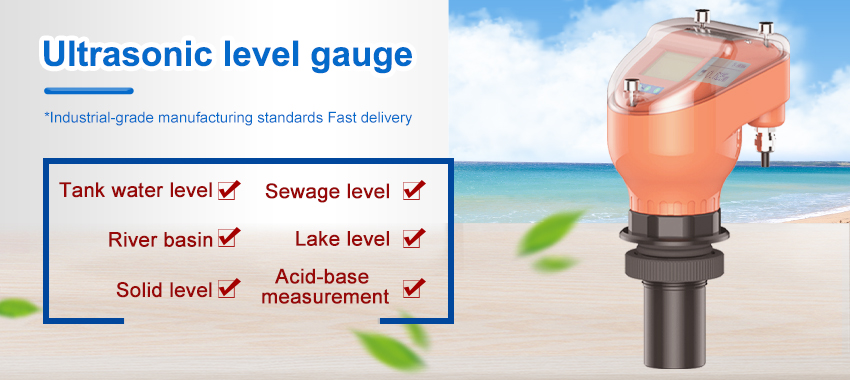Water Level Monitoring system
The Water Level Monitoring system help in monitoring and managing water resources efficiently by providing accurate real-time data on water levels in rivers, lakes, reservoirs, and other water bodies. This article explores the significance, functionality, benefits, and future prospects of Water Level Monitoring Systems.

The Significance of Water Level Monitoring Systems:
A. Ensuring Water Supply and Demand Management: Water Level Monitoring Systems facilitate the efficient management of water supply and demand, especially in areas facing water scarcity. By continuously monitoring water levels, authorities can accurately measure the available water resources and plan allocation accordingly. This ensures that water is distributed equitably and optimally, reducing the risk of shortages and wastages.

B. Flood Forecasting and Management: In flood-prone areas, Water Level Monitoring Systems play a crucial role in forecasting and managing floods. By constantly monitoring rising water levels, authorities can issue timely warnings and take precautionary measures to minimize damage and protect lives. This helps in better disaster preparedness and response, saving both human lives and valuable infrastructure.
C. Environmental Conservation: Water Level Monitoring Systems contribute to environmental conservation efforts by enabling the assessment and management of aquatic ecosystems. By monitoring water levels in rivers, lakes, and wetlands, researchers can determine critical ecological parameters, such as flow rates, groundwater recharge, and habitat conditions. This information helps in designing conservation strategies and ensuring the sustainability of aquatic ecosystems.
Functionality of Water Level Monitoring Systems:
A. Sensor Technology: Water Level Monitoring System rely on various sensor technologies to accurately measure water levels. These sensors can be placed in water bodies, and they use different methods like pressure sensors, ultrasonic sensors, or radar technology to determine the water level. The collected data is then transmitted to a central control unit for analysis and interpretation.

B. Data Transmission and Analysis: The data collected by the sensors is transmitted either wirelessly or through wired connections to a centralized system for analysis. Advanced algorithms and data processing techniques are applied to the collected data to identify trends, patterns, and anomalies. This processed information is then used to generate real-time reports, alerts, and visual representations for effective decision-making.
C. Remote Monitoring and Control: Water Level Monitoring Systems offer the convenience of remote monitoring and control. Users can access the system’s interface through web-based platforms or mobile applications. This allows authorities, environmental agencies, and users to monitor water levels, receive alerts, and make informed decisions even from remote locations.
Benefits of Water Level Monitoring Systems:
A. Accurate and Real-time Data: Water Level Monitoring Systems provide accurate and real-time data on water levels, ensuring an up-to-date understanding of water resources. This information helps in implementing proactive water management strategies, preventing water-related crises, and conserving resources.

B. Enhanced Efficiency and Cost Savings: By reducing manual efforts and dependency on traditional methods, Water Level Monitoring Systems enhance operational efficiency and cost savings. Automated data collection, analysis, and reporting minimize human errors, improve response times, and optimize resource utilization.
C. Improved Disaster Management: Efficient flood forecasting and early warning systems enabled by Water Level Monitoring Systems improve disaster management efforts. Timely alerts and accurate flood predictions enable authorities to take necessary measures, safeguarding lives, and minimizing property damage.
D. Data-driven Decision-making: Water Level Monitoring Systems support data-driven decision-making processes. The availability of real-time data, trend analysis, and historical comparisons enable stakeholders to make informed choices regarding water allocation, conservation measures, and environmental management.
Conclusion:
Water Level Monitoring Systems have emerged as a crucial tool for effective water resource management in the face of growing global challenges, such as water scarcity and climate change. By providing accurate real-time data, these systems aid in resource planning, environmental conservation, and disaster management.